Instrument
Photographer Pat Graham takes us on tour with the band in his new book



When you can’t get that riff out of your head, or feel compelled to turn the music up a notch, it’s the instruments at play. Lyrics play second fiddle in any song with a sick drum beat, electrifying guitar solo or melodious piano part. But as the physical extension of a musician, instruments take a beating. Documenting what they endure on the road and off is London-based photographer Pat Graham, who demonstrates how beautiful a worn-out guitar or a blood-covered drum set can be in his aptly-titled book “Instrument.”
Appearing everywhere from Rolling Stone covers to Modest Mouse album jackets, Graham’s photos have been an essential part of music history for the past decade. Having toured with bands several times, Graham illustrates the relationships he’s forged with musicians and their machines in the new book, demonstrating both his skills as a photographer and the adoration he has for his subject. Accompanying the compelling visuals are the captivating stories, including short renditions by each of the 50 featured musicians—from Johnny Marr to Hal Blaine—about how they acquired their instrument, and what it means to them.
We caught up with Graham to tell us more about the documenting process, and how he captures all of the magic that happens on the road. See his interview below, pick up the forthcoming book from Amazon and check out more information about the images after the jump.

Instrument is about relationships. What role do they play in the final product?
It means a lot to me, as the artist trusted me, as an artist, to photograph something very personal to them. While I shot a lot of these photos, I was having conversations with the musicians about what I should photograph and why. I would hope the final product or piece of art is inspiring to the musician and anyone viewing it.
What drew you to narrow your focus to instruments?
I liked the way instruments looked in photos and on stage. I also wanted to photograph something in music that was not really photographed before. I love photography and being able to photograph hidden landscapes in my favorite musicians’ instruments seemed like a good idea.
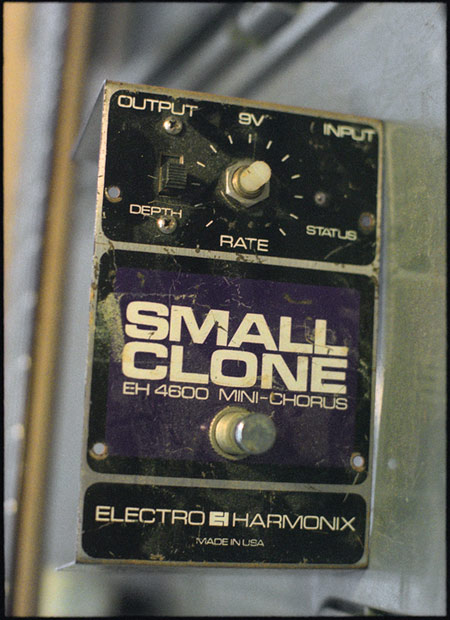

Can you tell us about the process of compiling all the instruments in the book?
I started it around 1995. The series really took off in 2007 when Johnny Marr kickstarted me into action. The project then gained momentum. Each shoot usually had around 150-200 shots, unless I had a very limited amount of time.
I used as many of my cameras as I had time for. I really wanted to capture as many angles as I could. And I also thought it was important to shoot with film and digital.
I asked friends to be in the book, and those friends asked their friends about contributing. The book was formed out of my love for photography and music, and also the love musicians have for their instruments.
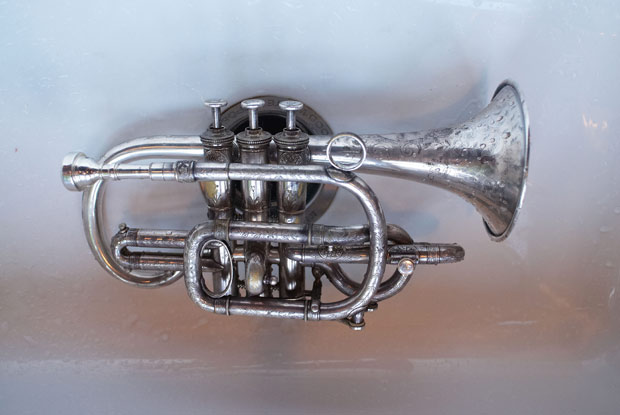
I have toured with many bands as the photographer and while on tour, I would shoot as many instruments that inspired and crossed my path. Modest Mouse was a great inspiration for the book, as well as the band I was on tour with the most. As we traveled from town to town I would ask if anyone knew of any cool musicians/instruments in that town. For example, Isaac Brock said, “when [you] go through Oklahoma, you have to shoot the Flaming Lips stuff—it is amazing.”
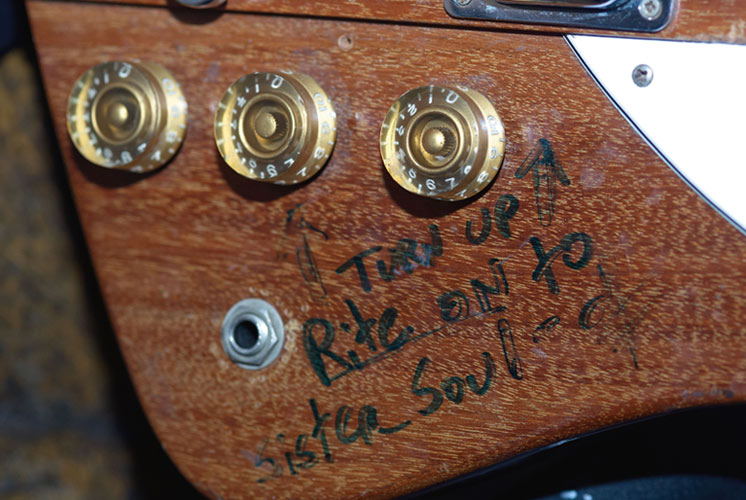
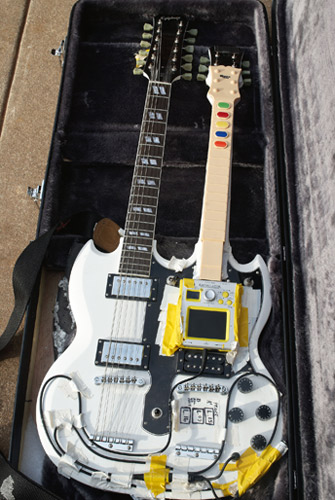
Johnny Marr writes a brilliant foreword. What was it like to shoot his Fender Jaguar?
Johnny really liked my pictures of Ian Mackaye‘s SG and I had mentioned wanting to photograph Johnny’s guitars. I was on tour with Johnny and Modest Mouse at the time so we were together 24-7. I wanted to photograph his Black Jaguar at the right time and place. At the end of tour the band was playing the Ryman Auditorium in Nashville. This was the place where the Grand Ole Opry had happened, and pretty much all the great country musicians had played on its stage.
Johnny told me how his parents were huge country music fans and were really proud that their son was playing the Ryman. In fact, I believe Johnny called them from the stage. That day I photographed Johnny in and around the Ryman. I felt this was the perfect place to photograph his black Jag. The photos show his guitar on the same stage that so many greats had been on.
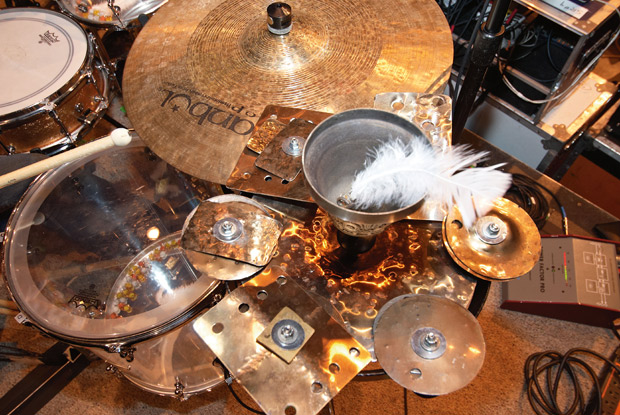
Is the instrument a reflection of the artist, the music, or something else entirely?
The Instrument is a reflection of the artist and the music that instrument has played. An instrument is also a representation of a time period.
What do you see when you look at a guitar?
This depends on the guitar. I see lines, landscapes, blood, misshapes, design, etc.
Floppy disks; James Cauty of Space, The KLF, The Orb. “The floppy disks contain the samples for all the KLF records that were ever made.”
Fender American Vintage 1962 Precision bass; Kim Deal of The Pixies, The Breeders. “This bass always sounds good. It sounds good Dl’ed. It sounds good with or without a pick. It just sounds like a good bass guitar.”
Electro-Harmonix Clone pedal; Kurt Cobain of Nirvana. “I thought it was weird that he wanted this lush chorus pedal when none of the music that he had played prior to that had any kind of inflection. Then, ‘Smells like Teen Spirit,’ ‘Come as You Are’ and songs like that came out.” (Rick King)
National Reso-Phonic guitar; Juston Vernon of Bon Iver. “It literally wrote a song for me, a song called ‘Skinny Love,’ which was a really important song for our band and our first record.”
Carl Fischer cornet; Tom Peloso of Modest Mouse. “It doesn’t even work as it should with today’s tuned instruments because at the time i t was made there was no set standard pitch. It is called a ‘low C’ cornet.
1970s Epiphone Thunderbird bass; Thurston Moore and Kim Gordon of Sonic Youth. “She had it inscribed, most of it still intact, by John Brannon, the singer of Laughing Hyenas (and ex-Negative Approach), who toured with Sonic Youth in the late ’80s.”
Ibanez double-neck guitar; Wayne Coyne of The Flaming Lips. “The Guitar Hero part doesn’t actually work—I have a Kaoss pad hooked up to it that really makes the noise—but it looks cool. I get a lot of mileage out of it; you put a battery in and it lasts for months!”
C&C drum set and various percussion instruments; Jeremiah Green of Modest Mouse. “This is a noisy tree made by Gregg Kepplinger, from Seattle, and a bell with a feather for making it fly. The metal makes a trashy sound.”












